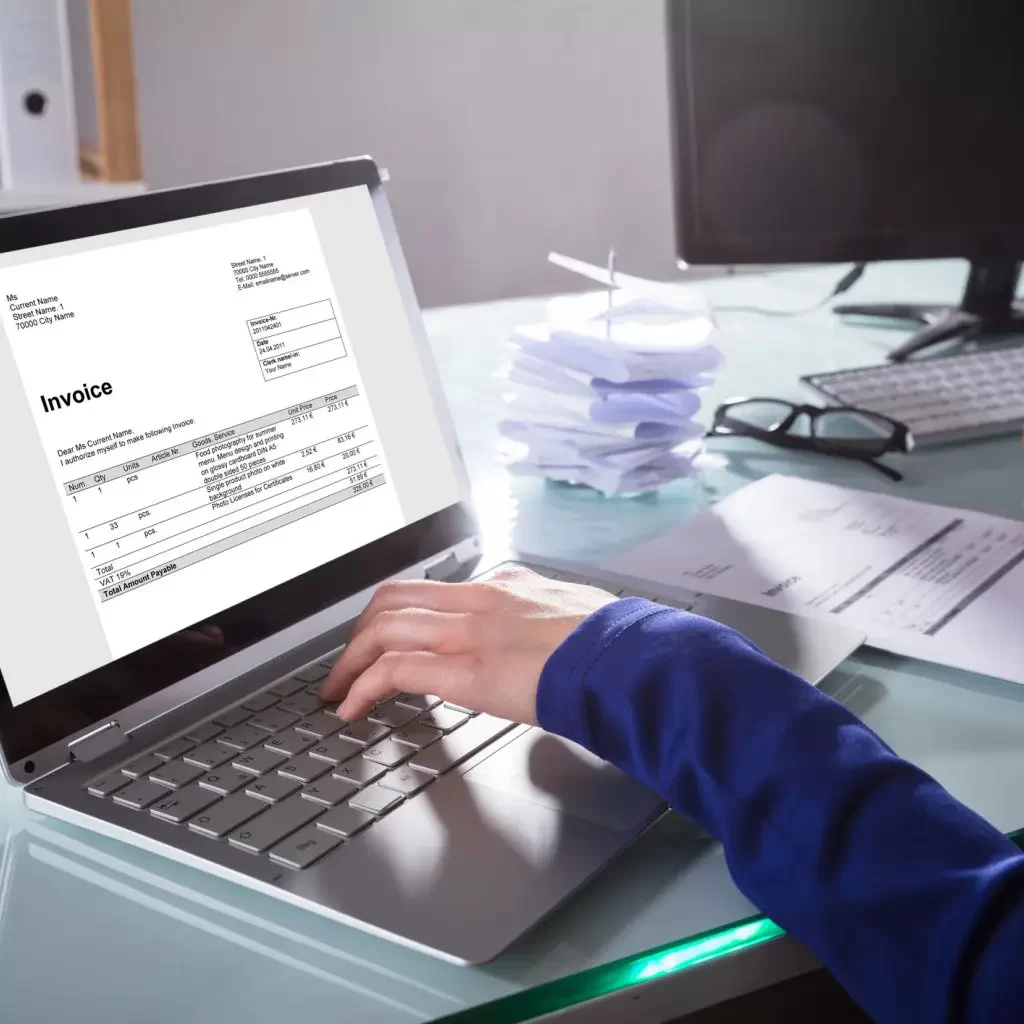Avra: Enhancing B2Bi Connectivity Understanding the World of B2Bi with...
Read More
Mass adoption of e-Invoicing leads to significant economic benefits and increases business competitiveness.
The benefits of replacing paper invoices with e-Invoices can be reached in two main steps.
The adoption of e-Invoicing can make various contributions to economic well-being:
The invoice process
From its creation until it is archived, an invoice must pass through several processes and steps. The procedures and the level of automation may differ significantly between entities, sectors and regions; however eight common valid steps can be identified.
The overview below describes each step and explains how savings can be made by replacing a paper invoice with several types of digital Invoices In general, the digital
invoices can be divided into two main categories, visual digital invoices (e.g. pdf, jpg) and structured data e-Invoices (e.g. e-invoicing standard invoices). The seller can
usually achieve most of his benefits by using invoices from either category but the most significant benefits for the buyer depend on the usage of structured data e-Invoices that can be automatically processed.
Invoices that comply with the European standard on e-Invoicing must be in a structured data eInvoice format.
Coliance via its Agora Managed Service provides ways to handle e-invoicing and other methods of handling electronic documentation via EDI or Application Programming Interfaces (API’s). Find out more here
Avra: Enhancing B2Bi Connectivity Understanding the World of B2Bi with...
Read MoreUnveiling Opsis: Exploring Coliance’s Innovative Solution Opsis, derived from the...
Read MoreStreamlined Compliance and Cost Savings: Unleash the Full Potential of...
Read MoreThe Power of Chat GPT and NLP: Revolutionising Language Technology...
Read More“Unveiling the Menace: Runaway Processes and the Looping Threat to...
Read More
Coliance © 2024 All rights reserved